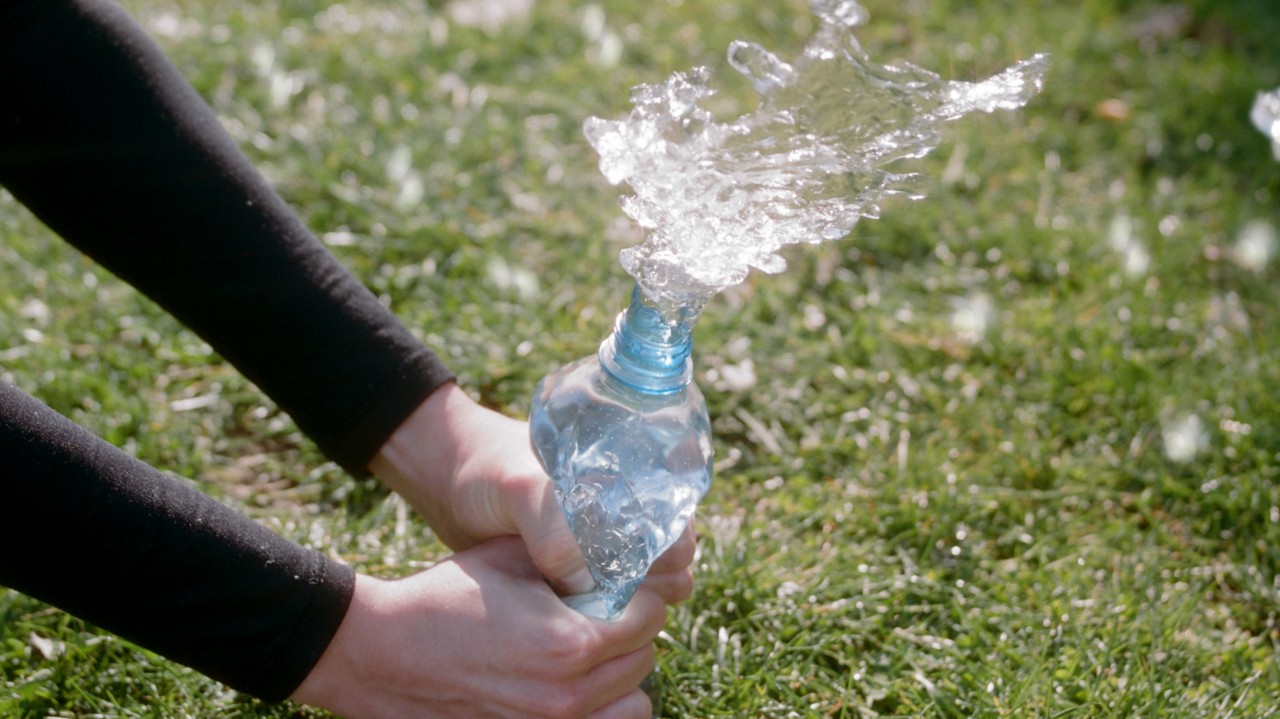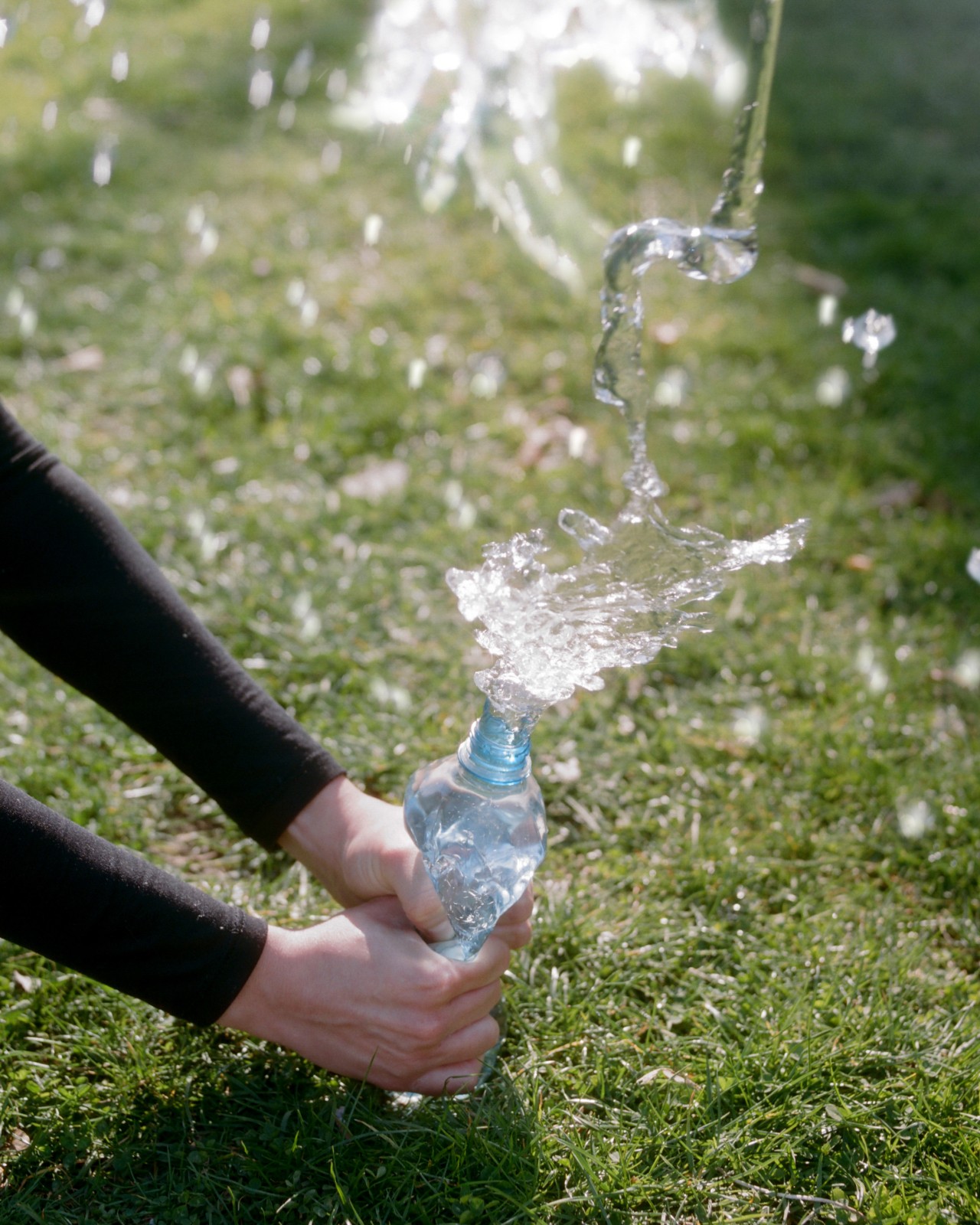

Photograph by David Avazzadeh / Connected Archives
Words by Jake Hall
President Donald Trump’s sweeping introduction of tariffs—many of which have already been postponed or modified—over the last few weeks have sparked a global trade war, one that’s quickly ratcheting up. A steady glut of taxes on foreign imports to the United States now includes car parts, steel and aluminium, as well as proposed tariffs aimed specifically at countries like Mexico, Canada, and China. Trump declared April 2 of this year, when multiple levies are scheduled to go into effect, “Liberation Day.” Some countries have already said they will impose retaliatory tariffs of their own, with things all but certain to escalate in the coming weeks.
The impacts of these measures are already being felt. The NPR Politics Podcast recently chronicled the anxiety of American farmers, long reliant on international exports; while retail giants warned costs are “highly likely” to be passed on to consumers.
Meanwhile, plans have been routinely delayed and scrapped, making preparation nearly impossible for businesses and consumers caught in the crossfire. Trump’s declaration that he would double the tariff for Canadian imports was quickly abandoned as members of his team urged caution; in the words of his trade adviser Peter Navarro, “cooler heads prevailed.” Meanwhile, economists sounded the alarm on an all-out trade war as Trump claimed there will be “flexibility” with his decisions, according to statements he made during a March 21 press conference.
The potential environmental impacts of these tariffs—namely, that Trump may inspire a new plastic boom—remain underreported.
Trump’s 25% tariff on all steel and aluminium imports, introduced last month, represents the greatest environmental threat. These highly recyclable materials play a crucial role in long-term plans to phase out single-use plastics—especially in food, drink, and other packaging—which are major contributors to global pollution. Already, execs at Coca-Cola—named the world’s biggest plastic polluter for six consecutive years—have said the measures could “force” them to increase their plastic usage in the United States. So far, they’re the only high-profile company to namecheck the tariffs directly. It’s also worth noting that Greenpeace campaigners slammed the company back in December for years of broken sustainability promises. Clearly, it’s not just about the tariffs.
Even so, it’s becoming clear that Trump’s tariffs could worsen our plastic crisis. He’s already signed an order that “ends the procurement and forced use of paper [drinking] straws.” Meanwhile Elon Musk—a key billionaire backer of Trump’s campaign, whose cash was rewarded with a role in “government efficiency”—recently fired hundreds of employees at the climate-focused National Oceanic and Atmospheric Administration, which actively addresses plastic pollution through its Marine Debris Program.
“Large-scale transitions to alternative packaging materials require significant time and resources, and imposing punitive import taxes on these products will only complicate the process.”
Things are dire on the surface, but the reality is more complicated. The European Union, for instance, has used “green tariffs” since 2022 as part of the EU Green Deal, which aims to hold companies accountable for their carbon emissions. The union responded to Trump’s tariffs with countermeasures that include tariffs on plastic imports from the U.S., sparking panic in the plastics industry.
Escalating global trade tensions come against a backdrop of increasing international pressure to reduce plastic waste. Ongoing negotiations toward a Global Plastics Treaty, along with efforts by individual countries such as France to ban single-use plastics entirely, further highlight the urgency and complexity corporations face in adapting their practices. But global supply chains can’t shift overnight: Large-scale transitions to alternative packaging materials require significant time and resources, and imposing punitive import taxes on these products will only complicate the process.
It’s worth reiterating precisely why plastic is so harmful. “If plastic waste isn’t recycled, it’s most likely sent to landfills or burned, the latter of which adds 16 million tonnes of greenhouse gas to the atmosphere,” said Gaspard Duthilleul, chief operating officer of Greyparrot, a company using artificial intelligence to increase rates of plastic recycling. “Another 1.7 million tonnes of plastic waste enters the world’s oceans,” he told Atmos. “Those pieces of plastic, along with the resulting microplastics, pose a hazard to ocean life as plastic breaks down and slowly contaminates our oceans.”
The term “microplastics” emerged in 2004. Twenty years of research reveals these tiny plastic fragments to be as damaging as they are everywhere, polluting everything from our food supply to the brains of seabirds and human breast milk.
The real issue lies with throwaway culture. Disposable, single-use plastics can take centuries to biodegrade or, in some cases, never fully decompose at all. Duthilleul said another key challenge comes from “polymers that break down into microplastics.” He highlights four key examples: HDPE (used for yogurt tubs, shampoo bottles, and milk jugs), LDPE (used in shopping bags), PET (beverage bottles) and polypropylene (used in food containers).
In theory, these materials hold tremendous potential for recycling. But in practice, the industry is plagued with problems that include difficulties in waste-sorting. Most textiles and materials in the world are composites of various plastic-based materials, making them impossible to recycle. Just 9% of the world’s plastics are recycled, preventing enormous opportunities for new technologies to drive meaningful change.
“If plastic waste isn’t recycled, it’s most likely sent to landfills or burned, the latter of which adds 16 million tonnes of greenhouse gas to the atmosphere.”
It’s not just Trump’s policies that could boost plastic production—it’s the culture of consumption they drive. Research shows that during times of uncertainty, including political transitions and changing trade policies, citizens often prioritize convenience and affordability over sustainability.
Today, social media trends like “aesthetic restocking”—the practice of buying and organizing a large number of (mostly plastic) products—are taking off. That these trends are having a moment three months into Trump’s second presidency is no coincidence, according to sustainability-minded YouTube creators like Ashley Viola, whose video essay on the subject has more than 300,000 views.
“These influencers are essentially selling aesthetic plastic product-packaging coupled with soothing ASMR,” she told Atmos, “transforming their kitchens and bathrooms into retail stores which viewers seem to find aspirational.” The plastic boxes look cute, but Viola theorizes that this meticulous organization “taps into a deeper desire for control and stability, especially at a time where many feel powerless. Perfectly-arranged drawers are a kind of coping mechanism, a way to aestheticize order amidst broader chaos.”
But while these trends may offer temporary comfort, Viola said they ultimately distract from confronting the deeper systemic issues, including the political and economic instability fueling unsustainable consumption and worsening environmental and social inequities. “We need more creators who dive deeper into the root causes, and provide solutions that center environmental justice,” she said, pointing to Shelbizleee and Our Changing Climate as examples of creators who tackle these intersections. “I’d like to see even more content that connects environmental justice with labor rights, racial justice, and global inequality.”
These discussions are vital as the Trump administration reneges on climate commitments and loosens environmental protections. Trump is also a vocal supporter of fossil fuel industries, which play a key role in the production of plastics, and is prepared to widely deregulate the industry. This would mean manufacturers (including plastics manufacturers) have less sustainability-related hoops to jump through, and would face fewer barriers to flooding the market with cheap plastic goods. But navigating the implications of Trump’s policies has become increasingly challenging as even seasoned political analysts and economists struggle to keep pace with the barrage of executive orders and the ongoing trade war.
Trump’s tariffs, and his presidency, are an undeniable blow in the fight for a greener planet, but his tit-for-tat approach to policy-making is also causing widespread disillusionment—even amongst Republicans. As much of the world accelerates efforts to reduce reliance on plastic pollutants, it remains unclear just how deeply Trump’s insistence on punitive tariffs, isolationist policies, and fossil fuel extraction might empower industries stuck in outdated and unsustainable practices.
How Trump’s Tariffs Could Spark a New Plastic Crisis